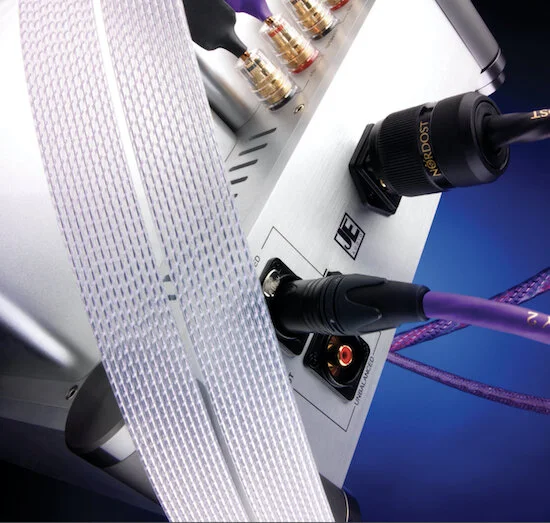Since its founding in 2007 in NYC (now located in Tianjin, China), Hifiman Electronics, known simply as Hifiman, has almost exclusively been offering over-ear, open-back planar magnetic headphones and more recently open-back electrostatic headphones. Noteworthy among their highly regarded planar magnetic releases include the HE400, HE1000 and HE1000se, the Sundara (review forthcoming) and Susvara, and even a wireless model, the Deva. Prices range from $169 for the HE400 up to $6000 for the highest-level planar magnetic model, the highly acclaimed Susvara.
Hifiman’s two electrostatic models are the Shangri-La Jr. and Shangri-La, each paired with a special electrostatic Hifiman amp and sold as a combo. The cost is $8000 for the Jr, reaching a mind-popping high of $50,000 for the truly extraordinary ‘Ultimate Flagship’ Shangri-La combo; its vacuum tube amplifier alone is a masterpiece of art—a must see (and hear, if you get a chance; I have been lucky to do so). There is no serious debate; Hifiman makes some of the finest such high-end audiophile quality headphones available, along with worthy competitors such as Audeze, Focal, Sennheiser, Grado, among others.




















